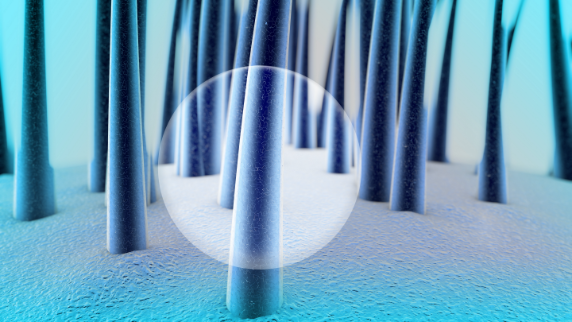Hairscience
Regenerative mechanisms for the hair bulb: give your hair a new lease of life
tricoBlog / Regenerative mechanisms for the hair bulb: give your hair a new lease of life

Diagnosi e terapie
The discovery by some Texan researchers of the involvement of the KROX20 protein in the formation of hair in some rodents is further confirmation of the efficacy of Bio-Stimulation, PRP and Cell Therapy.
Investigating the cellular mechanisms that underlie the life of the hair bulb is certainly the right way to stimulate hair regrowth. And, although the discovery relating to the KROX20 protein was accidental, dermatological and trichological medicine have been carrying out research and treatments in this direction for around ten years now.
One of the first articles on the stimulation of hair bulbs through the use of growth factors actually dates back to 2007 and research has made numerous strides since then. What is interesting to underline, however, is that the discovery of the involvement of this protein constitutes a further step towards confirming the effectiveness of the various receptor therapies in give hair a new lease of life.
For several years, in fact, thanks to the partnership with the University of Brescia, we have tried out certain therapeutic approaches based on the stimulation of the hair bulbs, with more than satisfactory results. Among these, a first example is LED Bio-Stimulation, which acts on the mitochondria and consequently on cellular activity. A second example is PRP (platelet-rich plasma), a regenerative therapy that harnesses the effect of autologous growth factors (i.e. from the same subject) obtained by centrifuging the blood obtained with a simple sample. The third and final example is Cell Therapy, one of the most advanced expressions of regenerative medicine. This therapy bases its effectiveness on a suspension of autologous skin cells (from the first layer of the epidermis), treated in such a way as to obtain a high concentration of keratinocyte growth factors and epidermal stem cells, able to stimulate and activate the hair bulbs repairing the lack of activity of the cells affected by the disease.
